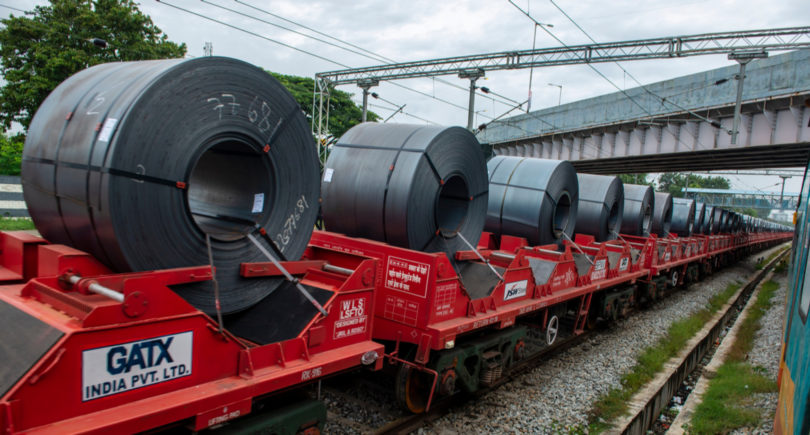
News Global Market 198 13 June 2025
The Organization, in particular, recommended excluding the activities of transmission system operators from the scope of the mechanism
The European Network of Transmission System Operators for Electricity (ENTSO-E) has proposed to the European Commission to extend the CBAM transition period for electricity by one year, until January 1, 2027. This is stated in a recent statement of the organization.
In its position, ENTSO-E supported the general principles of the cross-border carbon adjustment mechanism, but warned against creating a disproportionate administrative burden and costs for transmission system operators (TSOs).
The current wording of the CBAM does not take into account the exchanges that EU TSOs may have with third country operators to maintain the stability of the European electricity system. ENTSO-E calls on the European Commission to take into account that TSOs are not energy traders in the market like any other market participant. Therefore, the introduction of mechanism requirements for the regulated activities of TSOs will not be proportionate to the risk of carbon leakage.
The pan-European body recommends
- exclude TSO activities from the scope of the CBAM,
- conduct an additional impact assessment before the final period of implementation of the mechanism for electricity,
- to assess in more detail the list of third countries eligible for exemption before their adaptation to the EU ETS.
“ENTSO-E calls on policy makers to use the targeted revision of the CBAM, which is part of the Omnibus simplification package, to move the final deadline to January 1, 2027. It should also be noted that in its current form, the application of the CBAM regulation will have a significant impact on Energy Community countries and UK imports,” ENTSO-E said in a statement.
In May, the European Steel Association (EUROFER) called for the elimination of loopholes in the cross-border carbon adjustment mechanism. The approval of the Omnibus I simplification package was called another step towards optimizing CBAM for business. However, the European Commission’s proposal on the main design elements, which will determine whether the carbon mechanism really works, is expected only later this year. EUROFER points out that urgent action is needed to make the CBAM “watertight” as the risks of carbon leakage and job losses are increasing in EU production chains.




